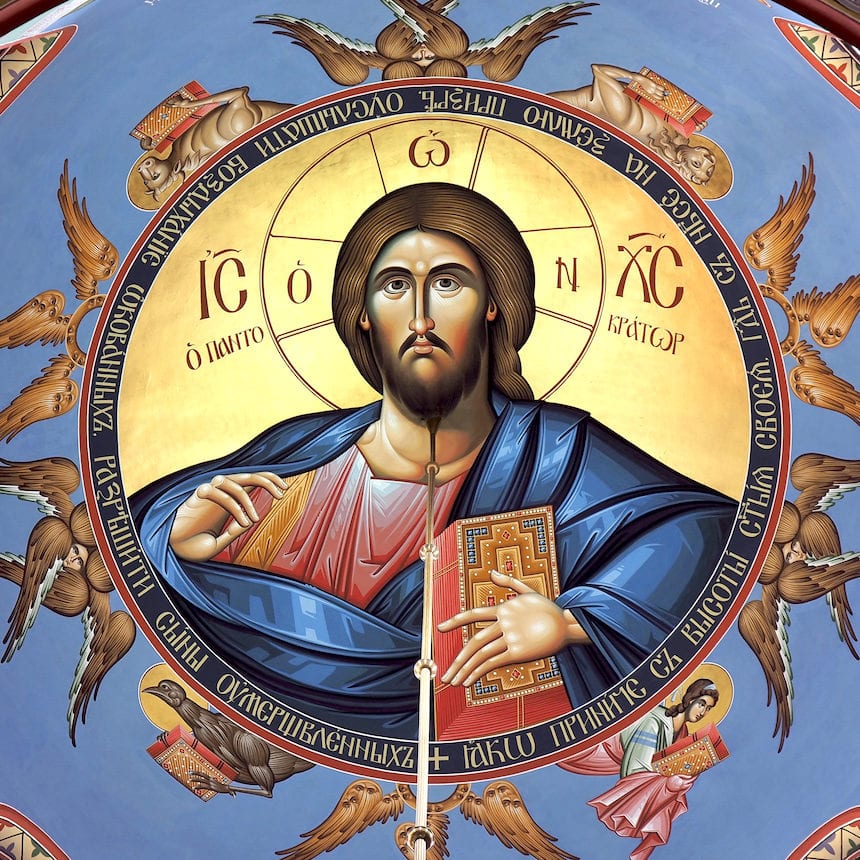When we have too much time on our hands, while standing on a long line at the opening of a new art gallery or waiting two hours to eat at a new restaurant, we might focus on our cell phones… or start building and debating our “most iconic” lists. Most iconic rom-com show characters? Most iconic rock albums featuring female singers? Most iconic small-market art museums?
Has the word and concept of “iconic” become greatly overused? Do we use the word “iconic” because it sounds more sophisticated than say, “greatest” or “best” or “landmark” or “finest”? Or perhaps many writers have taken a shine to employing “iconic” because it rhymes with ironic. But that’s another story.
Merriam-Webster defines “iconic” in a modern sense as “widely recognized and well-established” and “acknowledged especially for distinctive excellence.” The word combines our attitudes toward people, places and things that are not only great but heralded, cherished and placed on exemplary lists. But there is a growing tendency by some to use “iconic” in a cheeky fashion, especially in social media forums (iconic pet memes?).
Not only does this detract from the core meaning of the word, watering down its impact, but it also takes it far away from its earlier intent. Originally, an icon was a painting of Jesus Christ or another religious figure, used as a devotional aid for worshippers. If you took an Art History survey course in college, think back to the Byzantine portraits you saw in the textbook. Over the centuries, an icon also took on the meaning of paragon, exemplar, or idolized person or thing. We could easily agree that an iconic painting would be Leonardo da Vinci’s Mona Lisa; an iconic sculpture would be Michaelangelo’s David; an iconic English-language playwright would be William Shakespeare. You would be hard-put to contest these choices. They stand the test of time; they are continually admired so greatly, they are anchored in our school curriculums, they draw art lovers and tourists and all kinds of theater goers. They are part of The Cultural Canon, for millions of us.
Going beyond the obvious choices, however, our lists of “iconic” things can get caught up in a perplexing hierarchy. Yes, it can be fun (and a staple of rock ‘n roll magazines) to debate the 50 Most Iconic Rock Albums (what to include from the Beatles? Stones? Grateful Dead? Ramones?) But is it right and proper to make lists of Iconic TV Advertisements for Household Products? Doesn’t this dilute the core nature of “iconic”?
The cleverly titled essay “Iconic Take It Anymore: Trashing One of the World’s Most Overused Words” by Steve Karras (2013) points out how watered down the word has become. In many instances, “iconic” has become little more than an advertising tool, a click-bait term of (hoped for) endearment. Certainly this has befallen many a word in the lexicon (think: great, best, and beloved).
Thus should “iconic” be reserved for specifically revered things or categories? Certainly the overuse leads to a dumbing-down of its importance and impact. Or is the overuse of “iconic” a form of democratizing the word and its exalted power to dazzle? Is this a particularly American take-away of “iconic” that has seeped into the global culture?
Is it all just a good laugh? Can’t we have fun parsing a list of “Most Iconic SpongeBob Cartoons”? Is it the mark of snark to tut-tut at all these iconic lists and iconic titles? Can’t we all just let it run its course ever more?
Let the people decide? Let the academics deride? It is certainly an ongoing discussion. Let’s see what happens ten years hence.



Leave a Reply